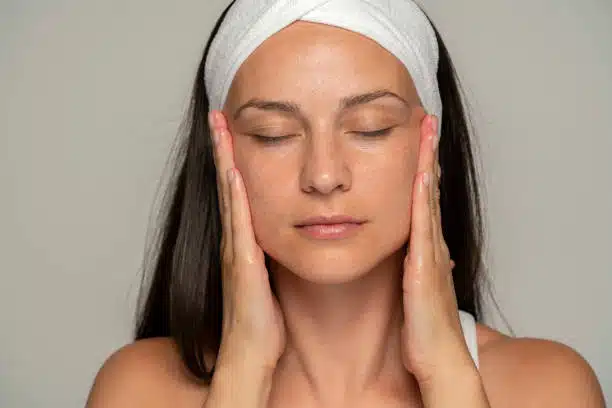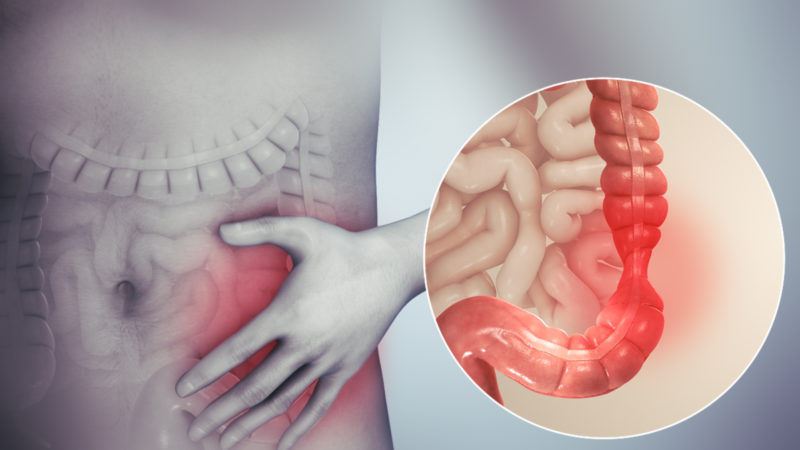Are you Allergic To Sun? Here is Why You Might have Sun Allergy

A sun Allergy is a very common skin condition that often happens during summer and early spring. If you are allergic to the sun and want to know its causes and prevention methods, keep reading this article.
Some people have a hereditary sun allergy, while others develop when triggered by other factors. Exposure to plants like limes or wild parsnip can trigger sun allergy.
The most common type of sun allergy is a polymorphic light eruption, also referred to as sun poisoning. Milk sun allergy symptoms may clear up over time without any treatment. However, in severe cases and extreme sun allergy symptoms, you may require pills or steroid creams.
Let’s learn about sun allergy causes, symptoms, treatment, and preventive measures.
What is a sun allergy?
Sun allergy or photosensitivity is when the immune system reacts to sun exposure. The immune system considers sun-alerted skin cells as foreign cells, which leads to reaction. Some common sun allergy reactions are rashes, blisters, or hives.
The reaction may occur within a few minutes of stepping out in the sun for some people.
Common Sun Allergy Symptoms:
Symptoms of sun allergy can vary widely, depending on the cause of the problem. If you don’t know what sun allergy looks like, then here are some common signs and symptoms of sun allergy include:
- Redness
- Tiny bumps that may merge into raised patches
- Itching or pain
- Blisters or hives
- Scaling, crusting, or bleeding
Types of Sun Allergy
There are various types of sun allergy:
- Actinic prurigo:
This is a type of sun allergy that is inherited. These sun allergy symptoms are stronger than other types and are most common in American populations.
- Photoallergic reaction:
This type of allergy occurs when skin products react with the sun. Several medications and products like cosmetics, sunscreen, and fragrances may lead to a reaction. The symptoms may not show for up to 2-3 days.
- Polymorphic light eruption (PMLE)
This is one of the most common types of sun allergy. About 10-15% population is affected by this allergy. It usually occurs in women than men and starts during their early teens and twenties.
This sun allergy occurs as an itching causing rash and appears as small red blisters. The reaction may occur after a few hours of sun exposure.
- Solar urticaria
This is a rare sun allergy and causes hives. Hives appear within a few minutes of sun exposure. Sola Urticaria usually affects young women. The symptoms may range from mild to severe to the point that it becomes life-threatening.
Causes of Sun Allergy
The cause of photosensitivity is not quite known exactly. Some form is inherited, while some may result because of certain medications like:
- Antibiotics.
- Cardiac drugs.
- Antihistamines.
- Diuretics.
- Chemotherapy medications.
- Drugs for diabetes,
Prevention Methods for Photosensitivity:
If you have increased sensitivity to sun exposure or have a sun allergy, follow these preventive measures:
- Avoid sun exposure during peak hours. Try to stay indoors between 10 a.m. and 4 p.m.
- Avoid sudden exposure to too much sunlight. Many people see allergic symptoms as they step out in the sunlight during the spring or summer. Increase the time you spend in direct sunlight gradually to allow your skin cells some time to adapt to sunlight.
- Wear sunglasses and protective clothing. Wear Long-sleeved clothes and wide-brimmed hats to protect your skin from sun rays. Avoid thin or loose-weave fabrics because UV rays can easily pass through them.
- Use sunscreen. Use sunscreen with broad-spectrum sunscreen or at least SPF 30.
- Avoid common triggers. If you are aware of certain triggers causing skin reactions, like medication or contact with limes, avoid them.
Sun Allergy Treatment
Sun allergy rash treatment depends on the form of allergic reactions you have. For mild symptoms, the easiest treatment method is to avoid sun exposure until the signs resolve.
- Medications
Creams that contain corticosteroids are usually available over the counter. For severe sun allergy symptoms, the doctor may prescribe a short course of corticosteroid pills like prednisone. Also, Hydroxychloroquine, malaria medication, may ease sun allergy symptoms.
- Home remedies
Various sun allergy treatments can be done at home to ease the symptoms and soothe your skin. Some common home treatments are cold compress, applying aloe vera gel or coconut oil, and tea tree oil. If you have allergies all year round, then seek medical treatment.
Final Words:
Sun allergy, also known as photosensitivity, is a very common skin condition. This is an immune system’s reaction to sun exposure. Although some people have a hereditary sun allergy, others may develop in their lifetime due to certain medicine or plan reaction.
Sun allergy symptoms can vary from mild to severe and can be prevented using some simple steps every day. If you are experiencing mild sun allergy symptoms, try home remedies to soothe the skin. However, if the allergic symptoms are severe, you can consult a dermatologist for treatment options.






